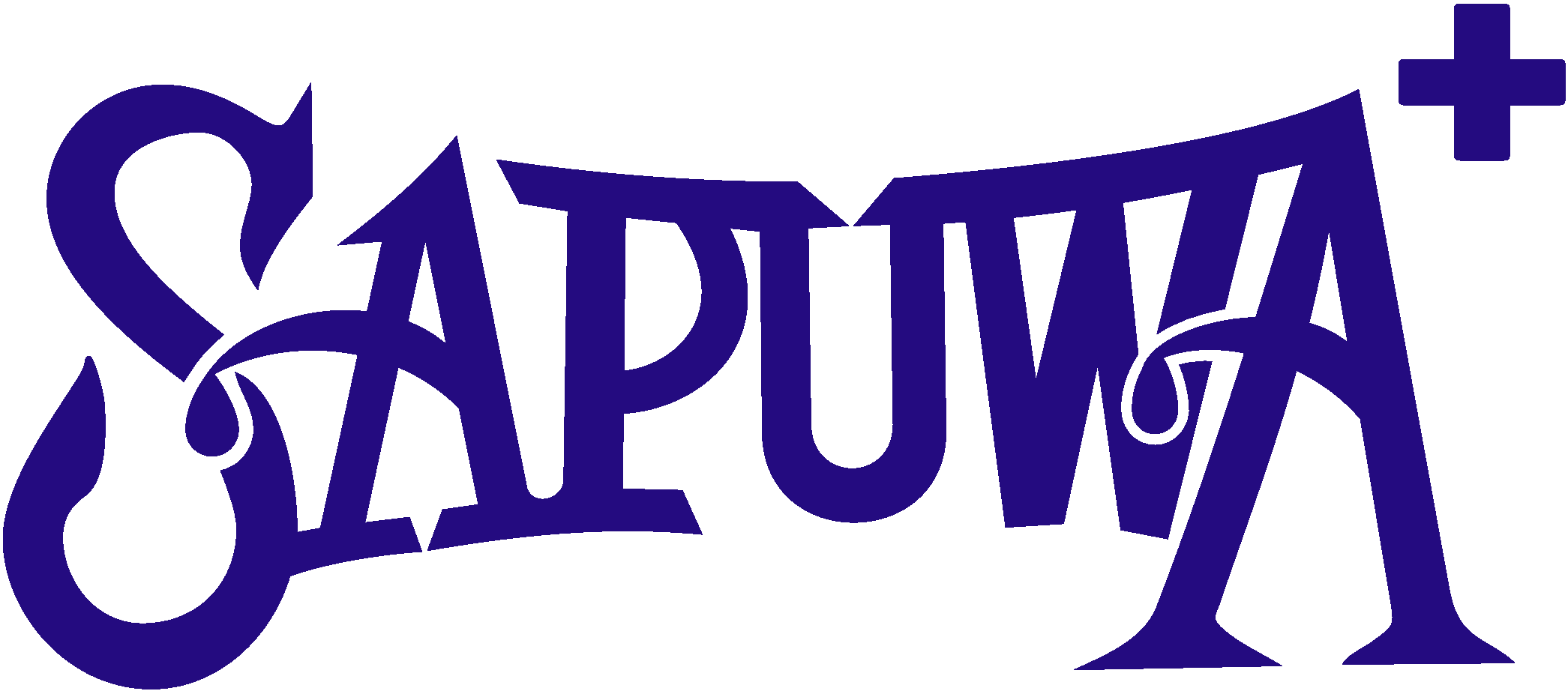Do You Really Need To Hold That Meeting? 4 Steps To Stop The Insanity
Several years ago, my boss called me into his office. “Lisa, I need you to do something for me,” he said as he handed me a sheet of paper. “See that list of meetings? I need you to attend each of them and then let me know if you think the meetings are necessary.”
I thought he was joking. He wasn’t. The company we worked for had acquired several other companies and we were in the process of integrating. My boss was the CEO of one of the divisions and was receiving invitations to more meetings than there were hours in the week. I couldn’t blame him for wanting to figure out which ones were important and which ones weren’t.
Off I went, attending meeting after meeting after meeting – for two weeks. At the end, I was bleary eyed and worn out. When I gave my boss his requested update, I told him my opinion; that a majority of the meetings I had attended were unnecessary and could be replaced by simply connecting individually with other employees for discussions. Worse yet, 22 of the 27 meetings I had attended didn’t have agendas or defined objectives.
According to results of a Microsoft Office survey, ineffective meetings, unclear objectives, and lack of team communication are the top time wasters of workers around the world. The online survey drew responses from over 38,000 people in 200 countries, with the following outcomes:
Employees work an average of 45 hours per week and consider 17 of those hours to be unproductive.
Employees spend 5.6 hours each week in meetings.
69% of respondents felt meetings weren’t productive. In the U.S., 71% of respondents felt meetings weren’t productive.
Similar to what I discovered during my two weeks as a “professional meeting attender,” research and analysis on meetings by Nicholas Romano and Jay Nunamaker found that key problems include: poor or inadequate preparation, no goals or agenda, disorganized meetings, and inconclusive outcomes. That’s rough, when you consider their findings show that managers often spend up to 80% of their time in meetings.
Next time, before you schedule a meeting, follow these steps first:
Step #1: Ask yourself, “Do I really need to hold this meeting?” Often times, speaking directly to key employees will get you the answers you need in much less time. Determine if you can accomplish what needs to be done without pulling people into a meeting.
Step #2: Ask yourself, “Why do I want to hold this meeting?” Clearly define the purpose of the meeting, the objectives that need to be accomplished, the people who would need to attend, the length of the meeting, and the time it will take you (and the other attendees) to prepare.
Step #3: Run the numbers. Figure out how much the meeting will cost – because time is a precious commodity. According to Romano and Nunamaker, if there are 10 attendees at an average salary of $75,000, then the hourly cost of your meeting will be $750 – and that doesn’t include preparation time. Is your topic worth the time, or would you be better off speaking directly with the appropriate employees?
Step #4: If you still think you need to schedule a meeting, create a detailed agenda. This should include the objectives of the meeting, list of attendees, time length, topics for discussion, decisions that need to be made or actions that need to be taken, and any preparation work for attendees to complete prior to the meeting. If you can’t create a detailed agenda, then you SHOULDN’T hold a meeting. This should be a red flag that you’re better off speaking directly to individual employees to help you get whatever it is you need.
The meeting analysis by Romano and Nunamaker shows that, year over year, employees spend more and more of their workday attending meetings, with most of them being unproductive. So before you schedule your next meeting, ask yourself if it’s really necessary – and help stop the meeting insanity.
Source: forbes.com
Collected by Nhu-Vu SAPUWA
Relative post
- The Virtue of Admitting Fault
- The Power of Admitting A Mistake
- How to Work From Home Effectively
- 7 simple tips to tackle working from home
- 5 ways to make working from home better
- Top 10 Reasons to Start Your Own Business
- Success Tip: To Be Different, You Have To Think Different
- How To Stop Thinking And Start Doing
- Connected Employees: 10 ways to connect with your team
- 5 Ways To Help Teams Connect Virtually
- 10 Things Leaders Managing Remote Employees Should Do
- Seven ways to build the solidarity economy








 0
0


